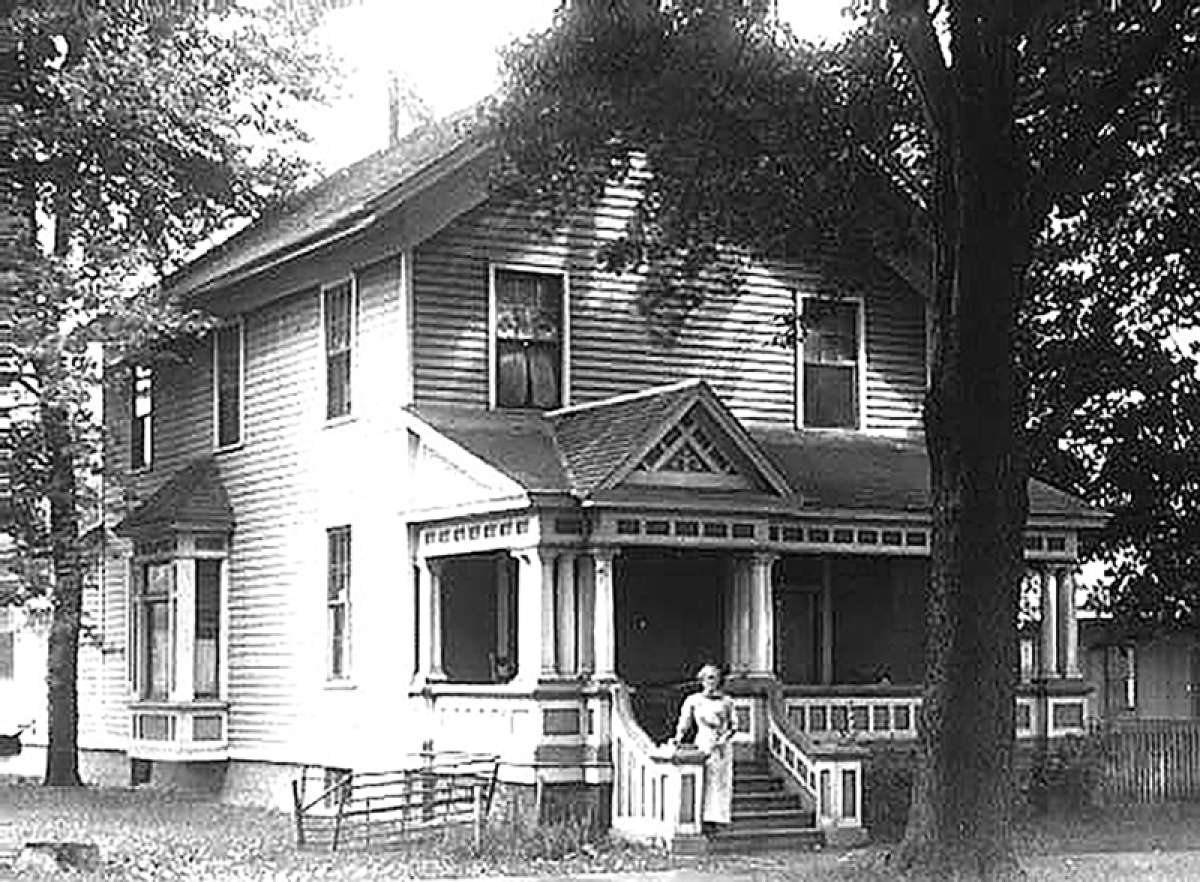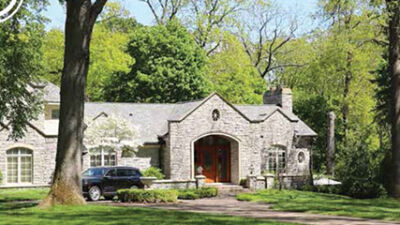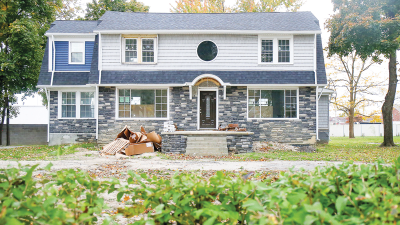BIRMINGHAM — The city’s Historic District Commission is continuing to work on the development of a new set of historic design guidelines.
Officials said the goals of these guidelines are to build a consistent environment for historic preservation in Birmingham and to promote historic preservation in the city by providing an indispensable reference guide.
Residents have been encouraged to share their thoughts on this project on Engage Birmingham.
“Historic preservation in general, to those that aren’t in the field or working in it at least sometimes, is very a complicated world and also inherently very subjective,” Planning Director Nicholas Dupuis said. “What we’re trying to do with these design guidelines is try to offer people a document to go to in order to get an idea of what we as a Historic District Commission in Birmingham look for when you propose changes, new construction and renovations to a historic resource.”
Dupuis said the historic design guidelines are important because what they look for in Birmingham could be different than what neighboring cities look for.
“There are a lot of standards and guidelines out there, but we wanted to get something on our books that is Birmingham-specific, dealing with some of the issues we deal with on a day-to-day or month-to-month, and offer people a little bit of a resource to go to so that they are not surprised or they are not running into brick walls,” Dupuis said.
Last June, Kraemer Design Group was chosen by the City Commission to develop a new historic design guidelines document for the Historic District Commission and its constituents.
Kraemer Design Group created a timeline for this project. Toward the end of last year, KDG provided the outline of the new guidelines and one completed section to the city. The Historic District Commission reviewed it and returned it to Kraemer Design Group to proceed.
In January, the Historic District Commission reviewed the first draft of the guidelines at 75% completion.
During the review Jan. 4, the Historic District Commission suggested that the Kraemer Design Group add more descriptive captions to photos, more custom graphics, and more information to the discussion of alternative materials, scale, additions, designing new buildings in historic districts, and the impact of commercial awnings on historical buildings.
Dupuis also brought up during the meeting a comment regarding the length of the document, saying he believes it should be shortened to a “more palatable length,” especially in the introduction. However, three other Historic District Commission members disagreed.
“Like any information guide that you get, you can read the portions you need. You can ignore the rest, but at least you have the opportunity to see it, as opposed to if it is not there,” Historic District Commissioner John Henke III said during the meeting.
During the meeting, representatives from Kraemer Design Group took notes on the changes they need to make.
According to the agreed-upon timeline, the next portion will be ready for review in March. Dupuis said at the Feb. 15 Historic District Commission and Design Review Board meeting that they are on track to have it ready by March. The Historic District Commission plans to review it on March 15.
The final guidelines are expected to arrive in June. Following a review, the Historic District Commission plans to bring the guidelines for final approval after that.
 Publication select ▼
Publication select ▼
























